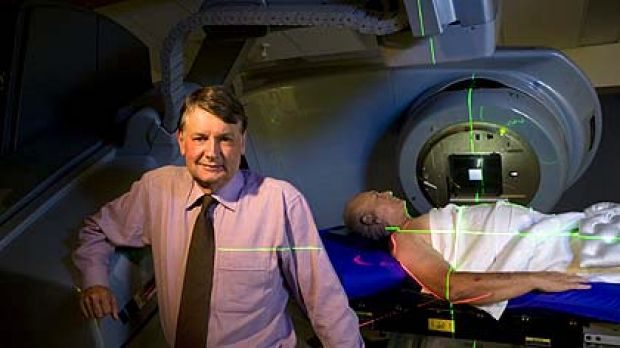SABR Benefits Underlined By CHISEL Study


The potential benefits of Stereotactic Ablative Body Radiotherapy (SABR) for extending the lives of cancer patients have again been illustrated by a new study.
The CHISEL study has found that SABR – a highly-targeted technique for delivering very high radiation therapy (or radiotherapy) doses targeted at various cancers – produced greater survival rates in patients with inoperable lung cancer compared to conventional radiation therapy.
As well as being as safe as conventional radiation therapy, SABR also allowed patients to receive their treatment more quickly and in less doses.
“Our trial found that for patients with early-stage lung cancer, SABR was more effective in controlling cancer growth, resulting in longer life expectancy and is just as safe as traditional radiotherapy,” Peter MacCallum Cancer Centre Director of Lung Service Professor David Ball, who headed the study, said.
“We found that 89% of cancers were controlled two years after SABR treatment and this compared to 65% for conventional radiotherapy, and there was also a clear benefit in overall survival.”
The CHISEL study was a Phase III clinical trial involving 101 patients with inoperable early-stage Non-Small Cell Lung Cancer and who were randomised to receive either SABR or conventional radiotherapy.
After two years, 77% of the patients who received SABR treatment were surviving compared to 59% of those who received conventional radiotherapy.
Conventional radiotherapy for this cancer requires the patient to return to hospital regularly over six or seven weeks every working day to receive their required radiation dose in small amounts. With SABR, the same treatment is delivered in a more concentrated dose – and in a highly-targeted way – requiring only three to four visits to hospital over around two weeks.
“As the SABR technique is much more precise, only the cancer is treated and the surrounding healthy tissue is unaffected,” Prof Ball said.
“Not only is the treatment more effective, but it is more convenient with fewer hospital attendances which is a significant bonus.”
This trial was a collaboration involving the Trans Tasman Radiation Oncology Group (TROG) Cancer Research and the Australasian Lung Cancer Trials Group (ALTG). The trial was funded with grants from Cancer Australia, The Cancer Society of New Zealand and the Cancer Research Trust New Zealand.
To read more about the study and more about other Australian and New Zealand TROG radiation therapy trials, click here.
For more information on how radiation therapy can help treat cancer, click here.



